Persian Ballet is a xylograph on ivory-colored, realized at the beginning of the XX century by the Italian artist Arturo Martini (Treviso, 1889 - Milan, 1947). On the lower right margin, the printed inscriptions with the title: '' Da un Balletto persiano'' and on the lower left the author ''Martini de la Valle'' The State of preservation is good and aged except a cutaway on the lowe right angle that doesn't affect the image. The artwork represents a theatric scene from a Persian Ballet through strong and thick strokes, with a strong primitivism visible in the synthetic line, resembling the Expressionistic style. Arturo Martini (Treviso, 1889 - Milan, 1947) attended the School of Adolf von Hildebrand in Munich in 1909, and in 1912 he moved to Paris where he deepened his knowledge of Cubism and the avant-gardes and where he exhibited at the Salon d'Automne. He took part in the International Free Futurist Exhibition held in Rome in April-May 1914 with the Portrait of Homer Soppelsa, considered a tribute to Futurism. In the same years, he collaborated with the futurist magazine L'Eroica, dedicated to the themes of art, literature, and xylography. Then, he approached abstract graphics and created his first sketches in his book Contemplations. The book presents, instead of text, a sequence of geometric signs. Between 1918 and 1922, he collaborated with Mario Broglio to the magazine Valori Plastici, adhering to the homonym artistic movement. Thanks to this experience, he rediscovered ancient sculpture, thus overcoming nineteenth-century naturalism to which he was still attached. Among the important works of this period are La Maternità (1925) and Il Bevitore (1926). In 1925, he was invited to exhibit in a room at the III Roman Biennial; in the following years, he participated for the first time in the Venice Biennial, after former rejections. In the same year, he exhibited at the first exhibition of the Novecento art movement.
El Ballet Persa es una xilografía en color marfil, realizada a principios del siglo XX por el artista italiano Arturo Martini (Treviso, 1889 - Milán, 1947). En el margen inferior derecho, las inscripciones impresas con el título: '' Da un Balletto persiano'' y en el inferior izquierdo el autor ''Martini de la Valle'' El estado de conservación es bueno y envejecido, excepto un recorte en el ángulo inferior derecho que no afecta a la imagen. La obra representa una escena teatral de un Ballet Persa a través de fuertes y gruesas pinceladas, con un fuerte primitivismo visible en la línea sintética, que se asemeja al estilo expresionista. Arturo Martini (Treviso, 1889 - Milán, 1947) asistió a la Escuela de Adolf von Hildebrand en Munich en 1909, y en 1912 se trasladó a París donde profundizó en el conocimiento del cubismo y las vanguardias y donde expuso en el Salón de Otoño. Participó en la Exposición Internacional Libre del Futurismo celebrada en Roma en abril-mayo de 1914 con el Retrato de Homero Soppelsa, considerado un homenaje al Futurismo. En los mismos años, colaboró con la revista futurista L'Eroica, dedicada a los temas de arte, literatura y xilografía. Luego, se acercó a la gráfica abstracta y creó sus primeros bocetos en su libro Contemplations. El libro presenta, en lugar de texto, una secuencia de signos geométricos. Entre 1918 y 1922, colaboró con Mario Broglio en la revista Valori Plastici, adhiriéndose al movimiento artístico homónimo. Gracias a esta experiencia, redescubrió la escultura antigua, superando así el naturalismo decimonónico al que todavía estaba apegado. Entre las obras más importantes de este período se encuentran La Maternità (1925) y Il Bevitore (1926). En 1925 fue invitado a exponer en una sala de la III Bienal Romana; en los años siguientes participó por primera vez en la Bienal de Venecia, después de anteriores rechazos. En el mismo año, expuso en la primera exposición del movimiento artístico Novecento.


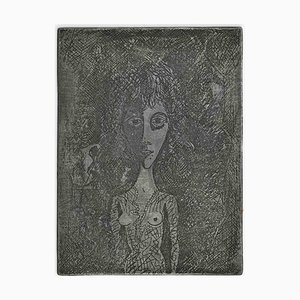


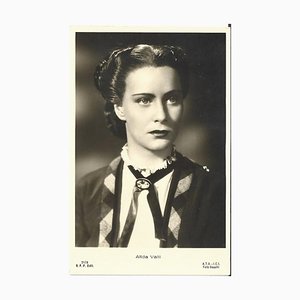

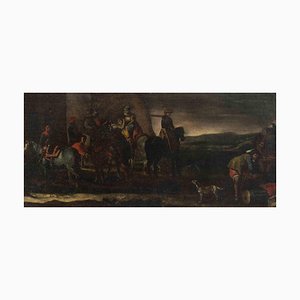
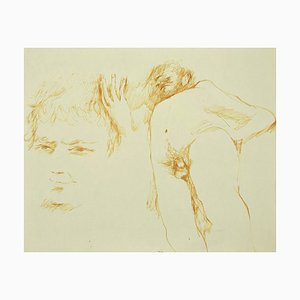
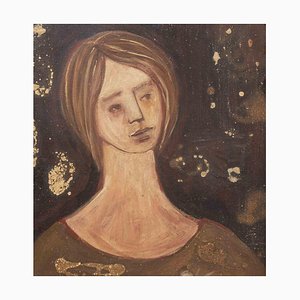
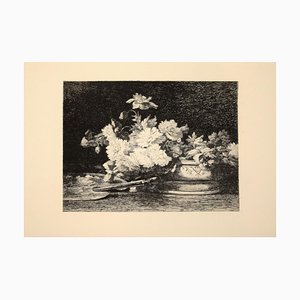
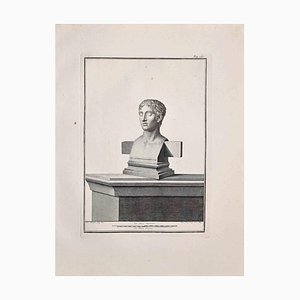
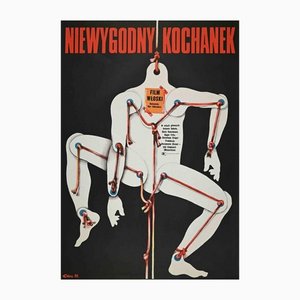
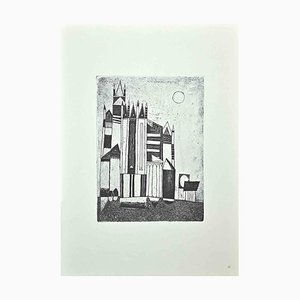
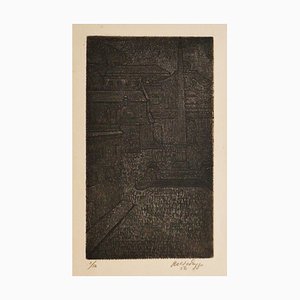

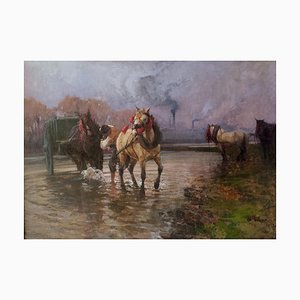
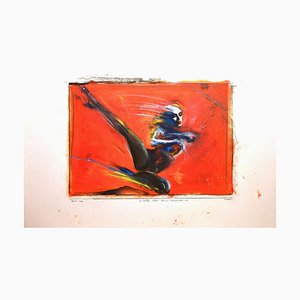
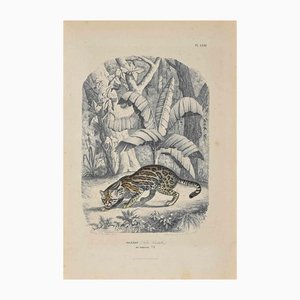
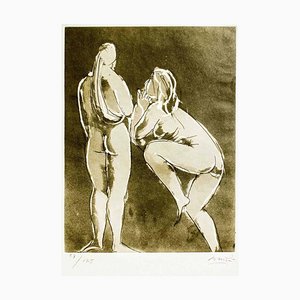
Contacta con nosotros
Haz una oferta
¡Hemos notado que eres nuevo en Pamono!
Por favor, acepta los Términos y condiciones y nuestra Política de privacidad
Contacta con nosotros
Haz una oferta
¡Ya casi está!
Para seguir la conversación en la plataforma, por favor completa el registro. Para proceder con tu oferta en la plataforma, por favor completa el registro.Exitoso
Gracias por tu consulta, alguien de nuestro equipo se pondrá en contacto contigo en breve.
Si eres profesional del diseño, por favor solicita aquí los beneficios del Programa comercial de Pamono